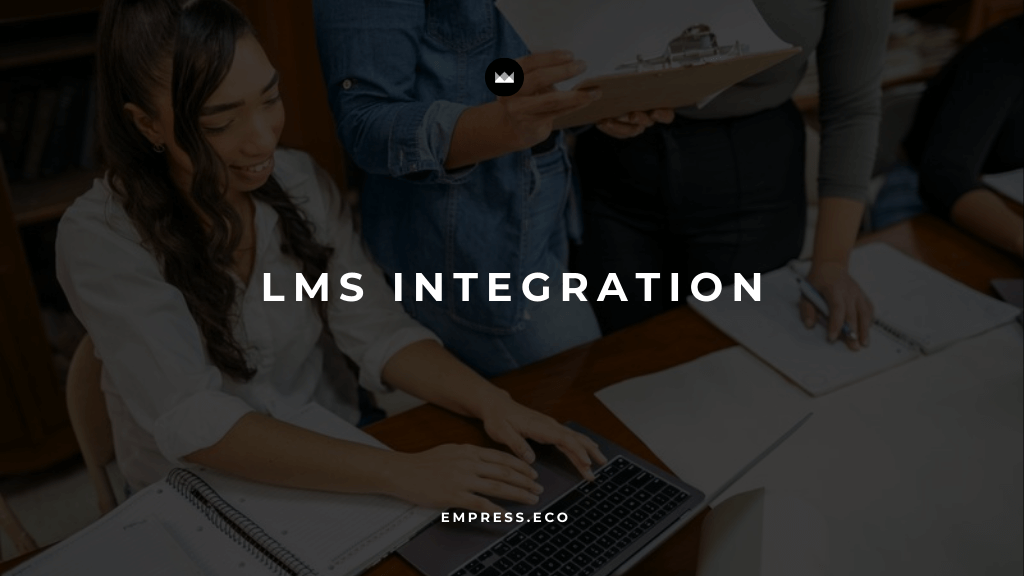In today’s fast-paced business world, continuous learning and development are more important than ever. As industries evolve and new skills become essential, businesses need effective ways to keep their employees up to speed. Enter microlearning—a powerful educational strategy that delivers concise, focused learning modules tailored to the needs of modern learners. This blog explores the rise of microlearning, its benefits, and how businesses can implement it to enhance employee development.
The Rise of Microlearning
Microlearning has been around for some time, but its adoption has accelerated in recent years, driven by its effectiveness in modern training environments. The concept is simple: instead of overwhelming learners with long, complex training sessions, microlearning breaks down information into bite-sized segments. These segments are easier to digest and apply, making the learning process more manageable and effective.
The appeal of microlearning lies in its alignment with the way our brains process information. Today’s learners have limited attention spans and busy schedules, making traditional, lengthy training sessions less effective. Microlearning meets this challenge by offering flexibility and immediate application, which is particularly valuable in fast-changing industries.
Benefits of Microlearning
Microlearning offers a host of benefits that make it an ideal strategy for businesses looking to foster continuous employee growth. Here are some of the key advantages:
Enhanced Retention and Engagement
One of the most significant benefits of microlearning is its ability to improve retention. By presenting information in short, focused sessions, microlearning aligns with how our brains naturally process and retain information. This approach not only helps learners remember what they’ve learned but also makes the learning process more engaging.
Microlearning often uses varied formats such as videos, quizzes, and infographics to present information. These diverse formats keep learners engaged by making the content interactive and enjoyable. For example, a short video explaining a new software feature or a quiz that reinforces key concepts can be more effective and engaging than a traditional lecture or manual.
Flexibility and Accessibility
Another major advantage of microlearning is its flexibility. Unlike traditional training programs that require learners to set aside significant blocks of time, microlearning allows employees to learn at their own pace and convenience. Whether it’s during a short break, while commuting, or even between meetings, microlearning fits seamlessly into busy schedules .
This flexibility supports a culture of continuous learning and development, where employees are encouraged to enhance their skills and knowledge whenever and wherever it’s most convenient for them. By making learning more accessible, businesses can ensure that employees are continuously growing and adapting to new challenges.
Cost-Effectiveness
Microlearning is not only effective but also cost-efficient. Developing traditional training programs can be expensive and time-consuming, often requiring extensive resources to create and update. In contrast, microlearning modules are typically easier and quicker to develop, allowing businesses to roll out training initiatives more rapidly and at a lower cost .
The modular nature of microlearning also means that updates and modifications can be made quickly without the need to overhaul an entire training program. This agility is particularly valuable in industries where information and best practices are constantly evolving, allowing businesses to keep their training content relevant and up-to-date.
Just-In-Time Learning
Just-in-time learning is another key benefit of microlearning. This approach delivers relevant information right when it’s needed, enabling learners to apply new skills and knowledge immediately in real-world contexts . For example, a sales team preparing for a client meeting can quickly access a microlearning module on the latest product features or negotiation techniques, applying what they’ve learned in the meeting itself.
This immediacy not only reinforces learning but also ensures that the training is directly applicable, making it more impactful. Just-in-time learning supports practical application and helps employees retain and utilize new information more effectively.
Implementing Microlearning in Business
Implementing microlearning in your organization requires a thoughtful approach to ensure it aligns with your business goals and meets the needs of your employees. Here are some strategies to consider:
Incorporate Gamification
Gamification is a powerful tool that can enhance the effectiveness of microlearning. By incorporating elements like points, badges, and leaderboards, businesses can make learning more engaging and motivating. Gamified microlearning experiences tap into the natural human desire for competition and achievement, driving higher levels of participation and retention .
For example, a company could create a microlearning program where employees earn points for completing modules and can see how they rank against their peers on a leaderboard. This friendly competition encourages continued engagement and makes the learning process more enjoyable.
Leverage Technology
Technology plays a crucial role in delivering microlearning content effectively. Mobile learning platforms are particularly well-suited for microlearning, as they allow employees to access content on-the-go, ensuring that learning materials are always within reach .
Mobile devices enable quick access to learning modules, fitting seamlessly into the daily routines of busy professionals. Whether it’s a five-minute lesson during a coffee break or a quick refresher on a topic before a meeting, mobile technology makes it easy for employees to integrate learning into their day-to-day activities.
Personalize Learning Paths
Personalization is key to making microlearning more effective. By using data analytics and AI, businesses can tailor microlearning experiences to individual learners' needs, preferences, and learning styles. Personalized content recommendations and adaptive learning paths ensure that each employee receives the training that is most relevant to their role and goals .
For instance, an AI-powered learning platform could analyze an employee’s progress and suggest additional modules that align with their career development objectives. This personalized approach not only improves engagement but also enhances the overall effectiveness of the training program.
Encourage Continuous Learning
To fully realize the benefits of microlearning, it’s important to integrate it into the daily routines of your employees. Encourage a culture of continuous learning by providing opportunities for employees to access learning resources on-demand and apply new skills regularly .
For example, a company could set up a system where employees are encouraged to complete a certain number of microlearning modules each month, with rewards or recognition for those who consistently engage in learning. This ongoing commitment to development helps ensure that employees are always growing and adapting to new challenges.
Conclusion: Embracing Microlearning for the Future
As businesses navigate the fast-paced changes of today’s world, microlearning is emerging as a strategic advantage in maintaining a skilled and adaptable workforce. By embracing microlearning, companies can enhance employee retention, improve the practical application of skills, and support continuous growth.
The flexibility, cost-effectiveness, and just-in-time nature of microlearning make it an ideal approach for modern businesses. As we move further into the digital age, staying ahead of the curve in employee development will require innovative approaches like microlearning that meet the needs of both the business and the learner.
Call to Action: Ready to enhance your employee development strategy with microlearning? Contact us today to learn how we can help you implement effective microlearning solutions that drive continuous growth and success.



